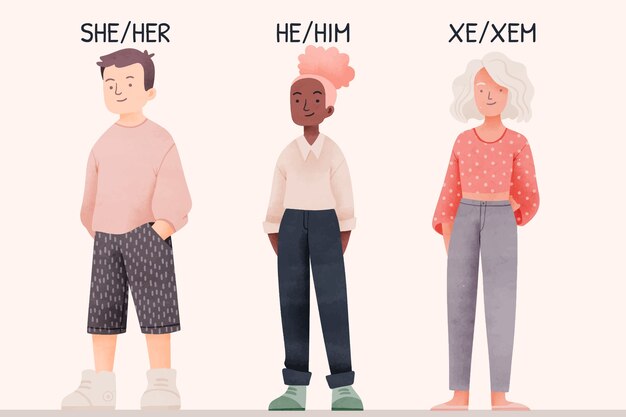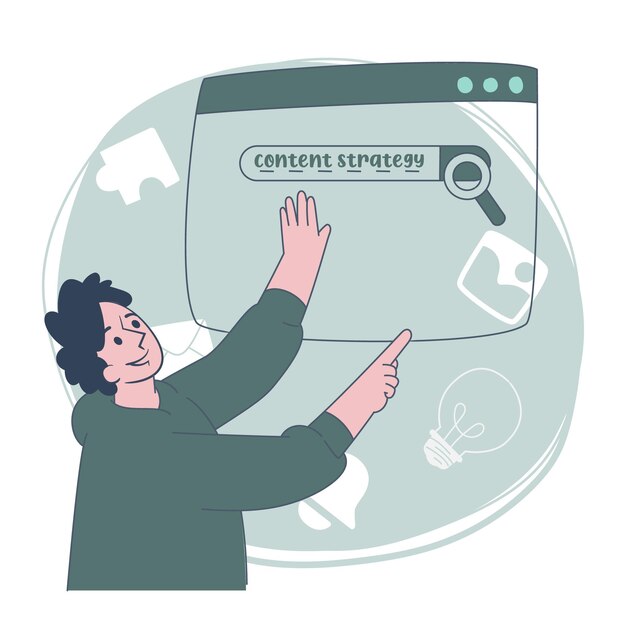content
From Age and Gender to Values and Attitudes: Why Psychographics Matter
Psychographics are psychological attributes — beliefs, interests, attitudes, lifestyle choices, personality traits, and value systems — that shape consumer behavior. Unlike demographics, which describe what a person is, psychographics help us understand the why behind consumer decisions. Academic research supports this: studies from Stanford University and the Journal of Consumer Research show that consumer behavior is deeply influenced by identity motivations, including aspirations and a desire for social belonging or personal significance.
For example, consumers who identify as independent decision-makers respond better to messaging that emphasizes freedom and personal control. Meanwhile, those with collectivist orientations are more likely to engage with social proof and community-driven narratives. Psychographic traits can align with psychological models such as the Big Five Personality Traits. Recognizing traits like openness or conscientiousness allows marketers to align ad content with how users perceive themselves and the world.

Platforms like YouTube or TikTok offer indirect insights into these traits based on content consumption patterns. Someone who regularly watches long-form educational videos may lean toward conscientiousness and curiosity — two traits associated with rational, information-driven decision-making. This knowledge allows advertisers to fine-tune their approach to user segments based on mindset rather than just demographics.
Segmentation by Mindset: What It Looks Like in Practice
Psychographic segmentation begins by asking not who buys, but why they buy. This distinction leads marketers to focus on intrinsic motivations and lifestyle markers instead of age or gender. Mindsets can be shaped by motivations like functionality, emotion, or identity. Similarly, users may show patterns such as being deliberative decision-makers or impulsive buyers, value-seekers or status-driven consumers.
In PPC campaigns, psychographics are not directly available from platforms. Instead, marketers must interpret them from behavior — page visits, time on site, video completion rates, and the types of content consumed. For instance, a fitness brand may observe that one group responds better to performance-enhancing products and scientific claims, while another engages with wellness-centered, mindfulness-oriented messaging. These differences point to divergent mindsets, requiring distinct creative and bidding strategies.
Psychographic segmentation becomes a continuous cycle: hypothesize a mindset, create a matching ad experience, track behavioral signals, and refine. The marketer’s role shifts from reaching a category to resonating with an identity.
What Google Analytics Can (and Can’t) Do for Psychographics
Google Analytics, especially GA4, offers behavioral tracking capabilities that can support psychographic segmentation, but it requires careful setup. Event-based tracking lets you see how users scroll, click, and interact with your content. While this doesn’t show beliefs or attitudes directly, it provides proxy data that can be linked to intent and preference.
GA4’s User Explorer tool lets you follow individual user journeys, potentially revealing how different mindsets engage. Affinity categories from Google Signals include broader psychographic buckets like “Travel Buffs” or “Health Enthusiasts.” Predictive metrics such as purchase probability can indicate whether a particular behavior set is likely to convert — giving insight into the deeper drivers of action.
To enhance this, marketers often combine GA data with on-site questionnaires or CRM enrichment tools. Segmented landing pages and targeted lead forms can also collect lifestyle or interest data, which are then tested through A/B experiments. This layered approach is essential if psychographic insights are to inform performance marketing rather than just brand positioning.
How Google Ads Supports (and Limits) Psychographic Targeting
While Google Ads does not directly allow for psychographic filtering, its tools can be adapted for such strategies. Custom intent audiences, for example, are built from keyword behavior and can reflect underlying motivations. Affinity and in-market audiences offer broader groupings tied to interests and behavioral signals, which, though less specific, can be refined over time through testing.
Detailed demographics and behavioral categories like life events (e.g., recent movers) provide a starting point. Marketers often rely on combinations of these tools to approximate psychographic profiles. The real work, however, lies in creative messaging — aligning content with the inferred mindset and analyzing which emotional or value-laden messages generate the highest engagement or conversion rate.

YouTube viewer data adds another layer, with advertisers able to segment based on types of content consumed. Those watching financial advice content may be risk-averse and planning-oriented, while entertainment-heavy viewers may lean toward impulsivity and experiential preferences. Each requires a different ad tone and CTA.
Strategy: Creating PPC Ads That Align With Values
To target psychographics effectively, marketers must create content that echoes the audience’s values. This includes subtle framing in copy — appealing to independence, sustainability, community, or innovation, depending on the segment. Messaging should avoid generic promises and instead offer emotional or identity-based benefits.
Storytelling plays a key role here. Rather than listing features, narrative ads help users imagine themselves in a new state, fulfilling a personal goal. Video content can deepen this effect, especially when viewers see someone like themselves making a transformation. That emotional resonance helps foster connection and loyalty.
These strategies work particularly well in the mid-funnel or retargeting stages. Here, users are already familiar with your offer, and psychographic resonance helps tip the scale toward conversion by building affinity and trust.
Optimizing CPV Campaigns for Psychographic Segments
YouTube’s CPV (Cost Per View) campaigns offer a fertile ground for testing psychographic alignment. Engagement metrics like view-through rate and average watch duration serve as direct signals of interest and resonance. Campaigns can be optimized by testing different scripts or visual styles tailored to separate audience mindsets.
For example, one version of an ad may emphasize technical superiority, while another highlights ethical sourcing or social impact. Comparing watch time and downstream conversion can show which mindset a segment leans toward. Bid strategies can also be adjusted — investing more in audiences who watch longer or engage more deeply.
Target audience segmentation: how to speak the language of the client
Remarketing strategies can then target high-engagement viewers with additional content that builds on the original psychographic appeal. This moves the user closer to purchase while maintaining consistency in value-driven messaging.
Beyond Google: Psychographic Targeting in Other Platforms
Other platforms offer complementary capabilities. Meta (Facebook and Instagram) allow advertisers to target based on a combination of behaviors and interests. AI tools within Meta’s ecosystem increasingly predict which messaging resonates with specific values, making psychographic targeting more fluid.
TikTok operates on a behavior-first model, with users grouped by their engagement patterns. This makes it possible to reach specific psychographic profiles based on the types of content they consume. LinkedIn, though more limited in behavioral data, is effective for B2B psychographics. Job roles, industries, and group affiliations hint at underlying value systems such as innovation or tradition.
What Psychographics Unlock in PPC
Moving from demographics to psychographics changes the dynamic of advertising. Ads become more relatable, more relevant, and more emotionally impactful. When messages speak to internal beliefs, they are more likely to earn attention and trust. This leads to stronger brand equity and improved conversion rates.
While psychographic PPC is not yet as easily scalable as demographic targeting, its potential impact is higher. Marketers who invest in understanding mindsets — and adapt their creative, bidding, and measurement accordingly — are positioned to win in a landscape where attention is fleeting and brand loyalty is hard-earned.
Conclusions
- Psychographics focus on why people act, not just who they are.
- Google Ads supports limited psychographic targeting through intent and affinity tools.
- GA4 can inform psychographic insights when paired with qualitative and CRM data.
- CPV YouTube campaigns offer rich feedback loops for testing value alignment.
- Strong psychographic fit increases engagement, trust, and brand resonance.
Subscribe to our newsletter



